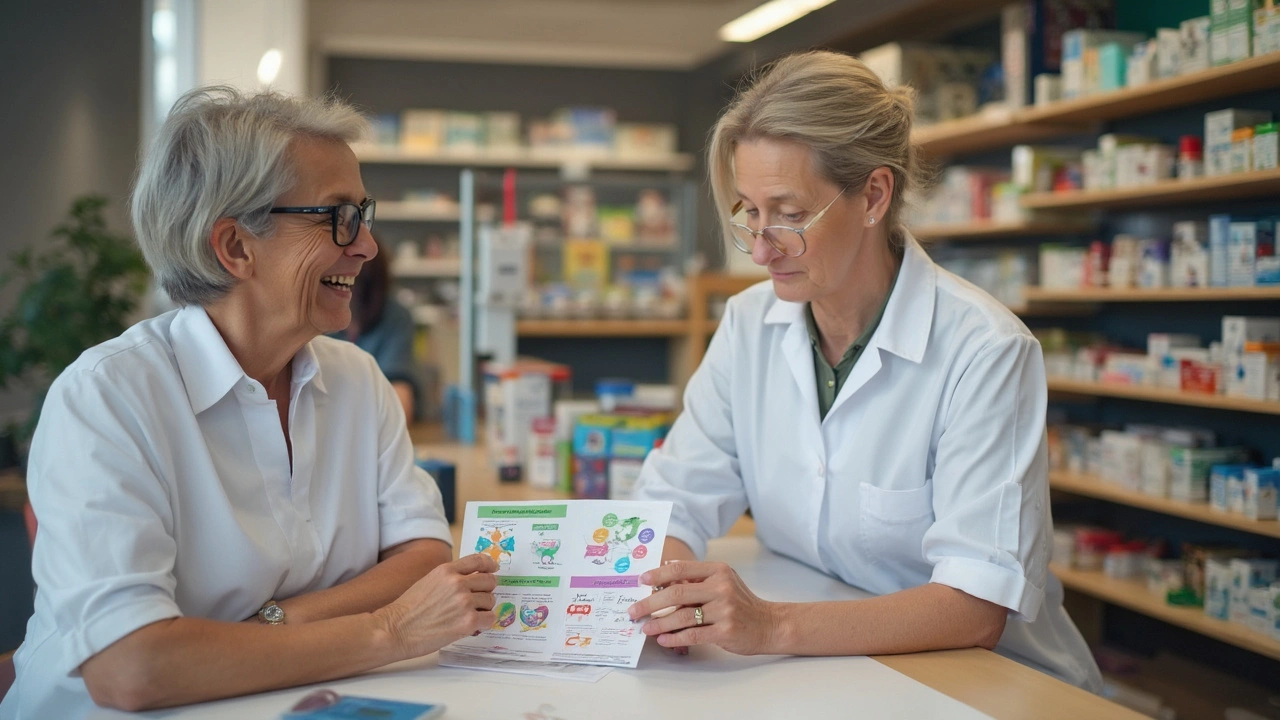Medication Combinations: How to Mix Drugs Safely and What to Avoid
Mixing medicines is normal—many people take a few pills every day. But putting the wrong ones together can cause side effects, reduce how well a drug works, or even create life‑threatening problems. This page gives simple, practical rules for everyday people who want to use medicines safely.
Quick rules to follow
Keep a single, up‑to‑date list of everything you take: prescriptions, over‑the‑counter drugs, vitamins, and herbal supplements. Share that list with every doctor and your pharmacist.
Read labels every time. Warnings about interactions and foods (like grapefruit) are often printed right on the bottle.
Use a pharmacy that checks interactions. Ask your pharmacist to review any new prescription against your current list.
Before starting or stopping anything, call your prescriber—especially for blood thinners, diabetes drugs, antidepressants, heart meds, or seizure drugs.
Use a reputable online drug interaction checker if you can’t reach a healthcare pro, but don’t rely on it alone.
Watch these risky combos
Grapefruit and some statins (for example, simvastatin or atorvastatin) can raise drug levels and increase side effects. If you love grapefruit, ask your doctor about statins less affected by grapefruit, like pravastatin or rosuvastatin.
Blood thinners such as warfarin can be affected by many antibiotics and supplements. Simple infections or new herbal pills can unexpectedly raise bleeding risk. If you’re on warfarin, check INR more often when you start any new medicine.
Mixing opioids, benzodiazepines, or strong sleep medicines can slow breathing and be deadly. Never combine these without clear medical oversight.
Some antidepressants and certain pain medicines raise the risk of serotonin syndrome when taken together. Tell your prescriber about all mood drugs, even over‑the‑counter ones.
Herbal supplements like St. John’s wort can make birth control and some heart or antidepressant drugs much less effective. Treat herbs as real medicines when checking for interactions.
Also watch common over‑the‑counter traps: NSAIDs (like ibuprofen) can blunt blood pressure meds and irritate kidneys; aspirin plus blood thinners ups bleeding risk; antacids can change how well some antibiotics work.
If you’re unsure, call the pharmacy. A short phone call can prevent an ER visit. Keep refills at one pharmacy, ask for interaction checks when a new drug is added, and schedule follow‑up labs if your prescriber recommends them. Medicine mixing doesn’t have to be scary—use smart steps and trusted professionals to keep it safe.
Simple tools make this easy: keep a photo of your current medicine bottles on your phone, use a weekly pill organizer, and set daily reminders so you don’t double‑dose. Review your full list at every doctor visit and when any new drug is started. Carry a printed list when you travel and add an emergency contact who knows your meds. Pregnant people and older adults need extra checks because doses and kidney or liver function change. If you take five or more medicines, ask your pharmacist for a formal medication review to catch duplicates and unsafe combos.
Ask a pharmacist for quick help.

